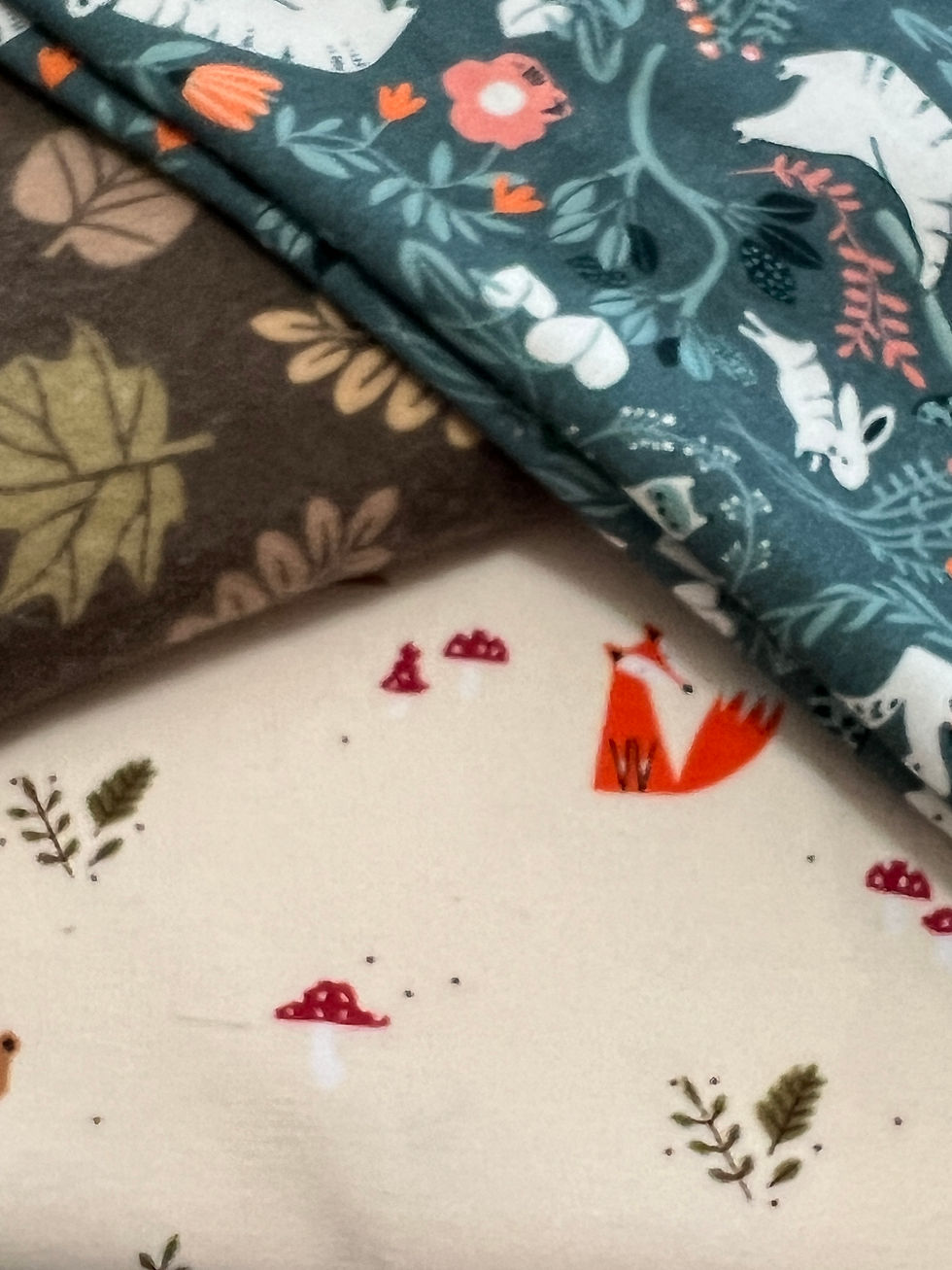4 Tips for Fitting Children's Sewing Patterns for a Great Fitting Garment
- Lisa Hawkes
- 13 minutes ago
- 4 min read

Have you ever wondered how to get a great fit when sewing for the child in your life? It seems that pattern sizes are all over the place and if that child doesn't live nearby how do you sew something with confidence that it will fit? In today's post and video, I will explain why there is such variation and then provide 4 Tips on how you can stack the odds that the garment you are sewing will fit. If you prefer to listen, the video is right below.
Fitting Children's Sewing Patterns is difficult because patterns are designed to fit an average.
Pattern designers draft from standard blocks. The blocks that I use to draft Pink Hollybush Patterns are based on the the British standards. The block is supposed to fit 75% of the children who are a specific age. For example, a size 3 is supposed to fit 75% of 3 years olds. That means that from the start it doesn't fit 25% of the children that are age 3. Add to that the great size variation among children within that age. A child that has just turned 3 is a very different size from a child that is about to turn 4.
Patterns are difficult to fit because the blocks have ease built into them and that ease may not be the amount that is desired.
The blocks don't explain the amount of ease that is included. Pattern designers are left to figure this out on their own. The amount of ease may not be the amount that the designer desires. The amount of ease that is desired also changes over time and with styles. If you have ever tried sewing with a vintage pattern you may well be aware that the amount of ease that we now prefer in children's clothes has dramatically changed. Necklines are lower and overall clothes are looser.
Baby Patterns include more ease than children's patterns to allow for changing and dressing a baby.
It makes perfect to sense to provide more ease to change and dress a baby that is lying down. But once the baby is sitting up, the additional ease may not be as helpful. Yet it isn't uncommon to find that a size 24 month size can be bigger than a size 3. The difference is the due to the additional ease that is included in baby patterns.
So now that I have throughly discouraged you, how do you go about getting a great fit on a garment that you are sewing for a child?
To get a great fit on a garment you are sewing for a child:
Take measurements of the child & compare them to the chart on the pattern.
I know this one is obvious but we do have to start with the basics and when trying to fit children's sewing patterns, this is where we start if we can! I realize that getting accurate measurements is difficult, especially if you are trying to measure a squirming toddler, but for most children's patterns there are only 2 measurements that you need - the chest circumference and the height.
Measure a ready to wear garment that fits the child well.
Measure the chest, sleeve length if making a long sleeve and the overall length of the garment. Make sure to lay the garment out on a completely flat surface when taking measurements. It is also crucial that the garment that is being measured is made out of the same material that will be used to sew the new garment. Measure a knit if sewing a knit and measure a woven if sewing a woven.
Measure the pattern pieces to determine the ease in the pattern and see if that is an amount of ease you are comfortable with again by comparing to a ready made garment that fits well.
Knits can have minimal to negative ease while wovens need some ease to allow for movement. For example, I just made my granddaughter two Buttercup dresses (pattern coming soon), one from a knit, and one from a woven. For the knit I made a size 3 with the length of a 4 and for the woven I made a straight size 4.

Make a Quick Toile & Pop it in the Mail if you don't have the child nearby.
Usually it is only the bodice that needs to fit well to get the outfit to fit the child. Make a quick toile or muslin of the front and back bodice and pop it in the mail to the child if need be. Popping it on over the child's head will quickly tell you if the garment will fit or not. Make sure to use a similar fabric to the proposed garment fabric - knit or woven.
Fitting can be difficult and discouraging. My granddaughters are half way across the country so I am dealing with this constantly, but hopefully these tips will help you to successfully sew for the child in your life!




